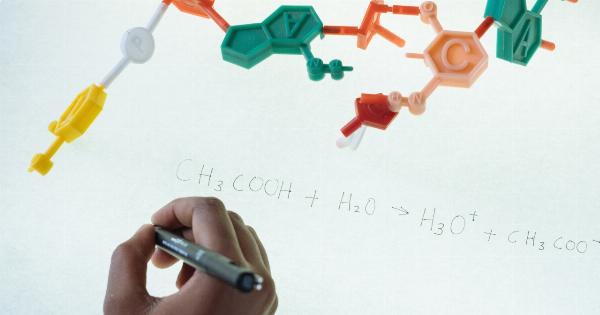Orgasms are one of the most complex and pleasurable experiences the human body can have. While many studies have explored the physiological and psychological components of orgasm, the neurological aspects remain a bit of a mystery.
In this article, we’ll be taking a deep dive into the neuroscience of orgasms and exploring what we do and don’t know.
What Happens in the Brain During an Orgasm?
An orgasm is the culmination of a complicated series of physical and psychological events. From a neurological standpoint, what happens in the brain during an orgasm is incredibly complex.
Multiple regions of the brain light up during an orgasm, including the prefrontal cortex, insula, and amygdala.
The prefrontal cortex is responsible for conscious thought and decision-making, and it’s also thought to play a role in regulating sexual behavior.
During an orgasm, the prefrontal cortex activity decreases, leading to feelings of release, relaxation, and intense pleasure.
The insula is involved in perception, emotion, and self-awareness. Research has shown that the insula plays a critical role in sexual arousal and orgasm, with increased blood flow to this region during sexual stimulation and orgasm.
The amygdala is part of the brain’s limbic system, which is responsible for regulating emotions and motivation. During sexual stimulation, the amygdala is often activated, leading to feelings of anticipation and excitement.
During orgasm, the amygdala activity increases further, leading to feelings of intense pleasure and reward.
The Role of Dopamine in Orgasms
Dopamine is a neurotransmitter that plays a crucial role in pleasure and reward. Multiple studies have suggested that dopamine plays a key role in the experience of orgasm.
During sexual stimulation, dopamine levels in the brain increase, leading to feelings of pleasure and reward. When orgasm occurs, the dopamine levels in the brain spike, leading to a rush of intense pleasure.
Furthermore, studies have also suggested that a decrease in dopamine levels may contribute to a decrease in sexual desire and difficulty reaching orgasm.
Conditions such as Parkinson’s disease, which affects dopamine levels in the brain, can lead to sexual dysfunction and difficulty reaching orgasm for those affected.
The Role of Oxytocin in Orgasms
Oxytocin is another neurotransmitter that plays a significant role in the experience of orgasm.
Often referred to as the “love hormone,” oxytocin is released during sexual stimulation and orgasm and is thought to play a role in bonding and attachment. Oxytocin is also known to promote feelings of relaxation, trust, and generosity.
Studies have suggested that women may be more sensitive to the effects of oxytocin during orgasm, leading to increased feelings of bonding and attachment.
Oxytocin may also play a role in regulating sexual behavior, with higher levels associated with increased sexual desire and satisfaction.
The Relationship Between the Brain and the Body During Orgasm
Orgasms are not just a product of the brain; they involve a complex interplay between the brain and the body. During sexual stimulation, nerve impulses travel from the genitals to the brain, triggering a cascade of events that eventually lead to orgasm.
The process involves the activation of multiple regions of the brain, as well as the release of various hormones and neurotransmitters.
Once orgasm occurs, muscles throughout the body experience contractions, leading to an intense feeling of release and pleasure. The brain is also flooded with dopamine and oxytocin, leading to feelings of reward and attachment.
What We Still Don’t Know
Despite the significant amount of research that has been conducted on orgasms, there is still much that we don’t understand.
For example, why do some people experience orgasms more easily than others? Why do some people experience multiple orgasms, while others can only experience one?.
Additionally, it remains unclear why orgasms are pleasurable.
The evolutionary purpose of orgasm is still hotly debated, with some researchers suggesting that it evolved as a means of promoting procreation, while others suggest that it serves a social bonding function.
The Bottom Line
While we still have much to learn about the neuroscience of orgasms, what we do know is that they are incredibly complex and multi-faceted experiences.
Orgasms involve a complex interplay between the brain, body, and hormones, and multiple regions of the brain light up during orgasm, contributing to feelings of pleasure and reward. By continuing to explore the neuroscience of orgasms, we can gain a deeper understanding of one of the most pleasurable experiences the human body can have.

























